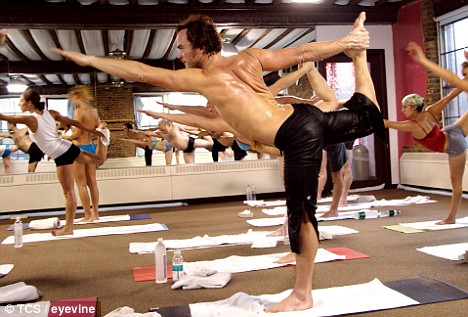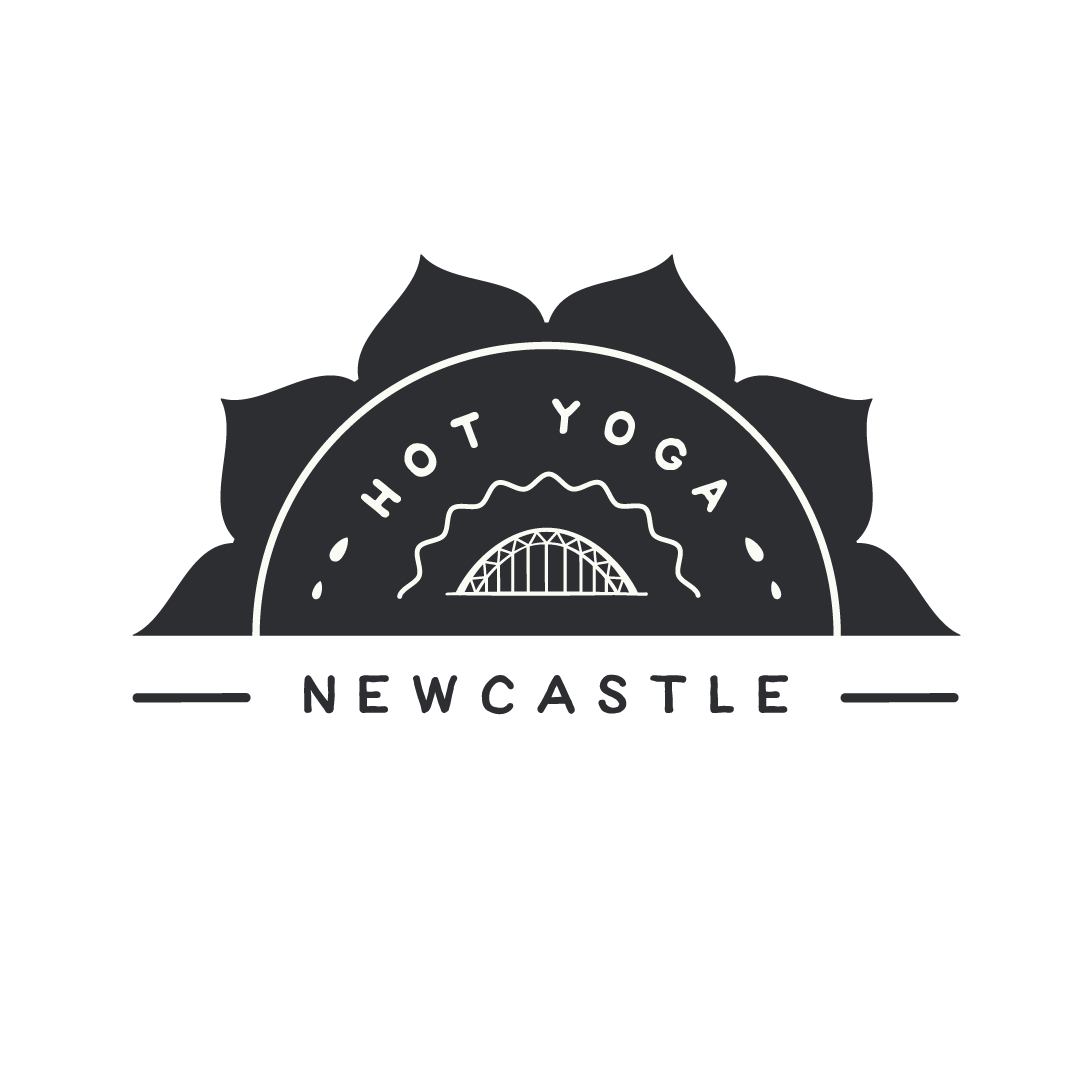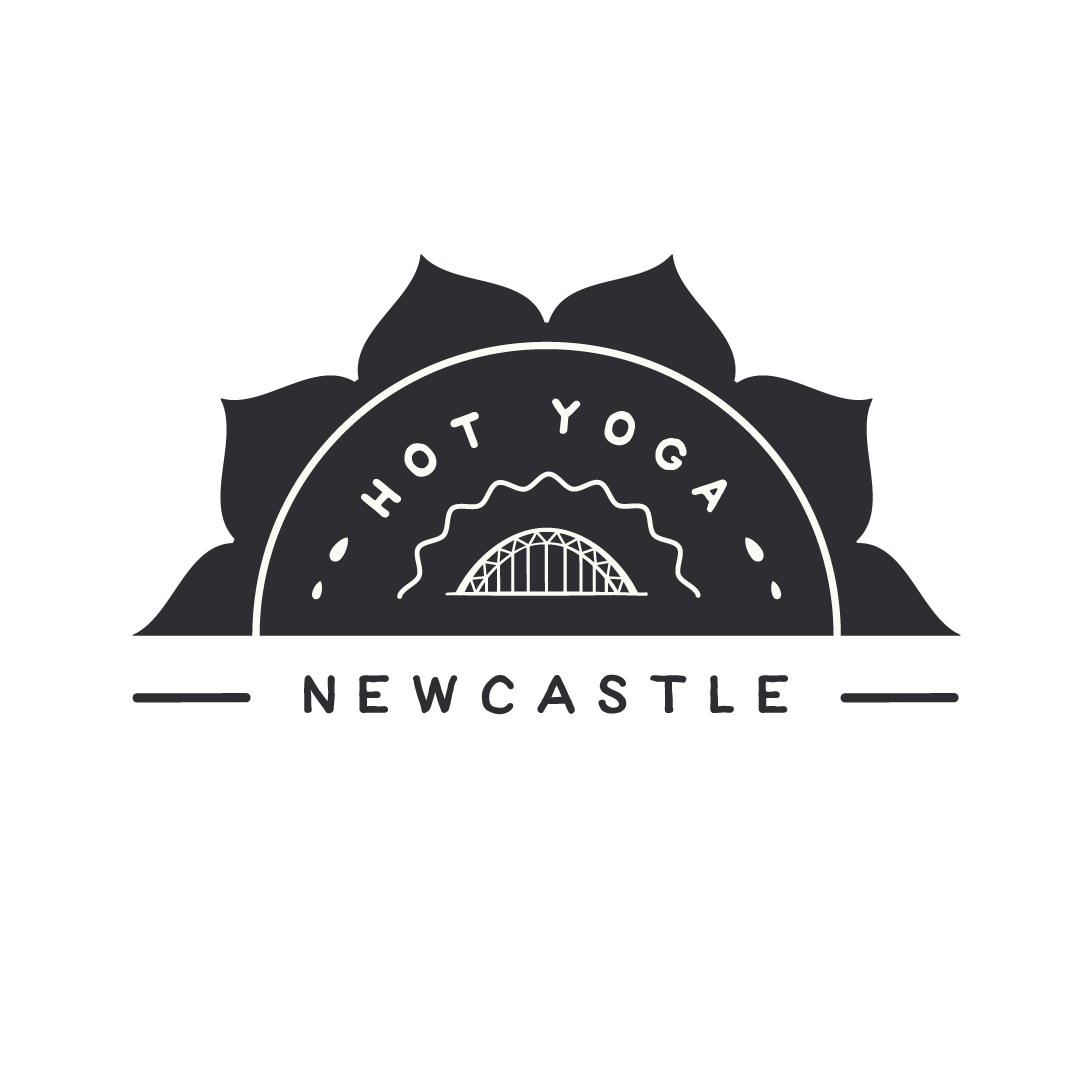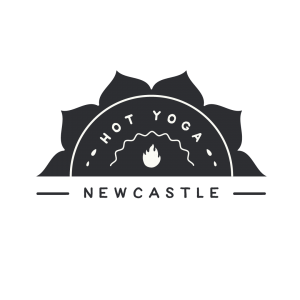25 Jan Improving Athletic Performance With Bikram Hot Yoga
Hyperthermic conditioning optimizes blood flow to the heart, skeletal muscles, skin, and other tissues because it increases plasma volume. This leads to endurance enhancements in your next workout or race when your core body temperature is once again elevated.”
– Rhonda Perciavalle Patrick, Ph.D

If you talk to anyone who does yoga and they will be more than happy to tell you all about the positive benefits that they experience from their practice. And there have been numerous medical studies that support the understanding of the positive impact of yoga on both our bodies and our minds.
If there is one style of yoga that gets more attention that others however, Bikram is that practice. This heated, set sequence of 26 postures has garnered attention from both the yoga industry, and the medical field since it was first brought to people’s attention in the 1970’s by Bikram Choudhury. Bikram claimed that his sequence was designed to stretch, strengthen and detoxify all muscles and organs of the body, correcting what he saw to be the negative impacts of a modern sedentary, westernised lifestyle on posture and movement.
With a number of prominent professional sports personalities such as LeBron James, Floyd Mayweather Jr., Serena Williams and David Beckham regularly practicing Hot 26 yoga as an addition to their regular training, a large amount of research into the claims originally made by Bikram has been done over the last decade. Research focussing not only on the benefits of Hot 26 for general practitioners, but the benefits of Hot 26 for athletes of all levels and disciplines.
The biggest factor for Hot 26 to be effective is the heated environment. The studio is warmed to around 38*c with 40% humidity*; and while this exposure to heat can be intimidating the body actually undergoes physiological adaptations known as “hyperthermic conditioning” in the studio which helps to improve performance and endurance dramatically and this is a great benefit for athletes.
*A great tip for reducing the heat intimidation of your first class or two is to prepare before class. Come hydrated, dress appropriately and take a savasana break if necessary.
According to the Korey Stringer Institute, hyperthermic conditioning (or “heat acclimation”) is defined as “a complex series of changes or adaptations that occur in response to heat stress in a controlled environment”, and a Bikram studio is one of the most controlled environments you will find in yoga. The temperature, humidity and sequence is optimised to be the same each and every time you come to practice, allowing you to create a benchmark to be able to notice the changes as they happen. And even with this control you will still find that your practice will never be the same two days running.
“Hyperthermic conditioning optimizes blood flow to the heart, skeletal muscles, skin, and other tissues because it increases plasma volume. This leads to endurance enhancements in your next workout or race when your core body temperature is once again elevated.”
– Rhonda Perciavalle Patrick, Ph.D

It’s great to say that endurance can be increased, but what is the science behind this statement? Heat acclimation helps to increase the flow of blood to the skeletal muscles, increasing glucose, esterified fatty acids and oxygen. During any form of training nutrients become depleted and the body will rely on local glycogen stores for energy. A lack of these stores causes athletes, particularly endurance athletes such as long distance runners and triathletes, to ‘hit a wall’. Studies have shown that heat acclimation can reduce the reliance on glycogen stores by up to 50% compared to before heat acclimation. Dr. Rhonda Patrick identified that long distance runners who engaged in an average of twelve, 30-minute sauna sessions twice a week right after an intense run, were able to increase the distance they could run by an average of 32% before “hitting” their wall. The difference between a sauna session and Hot 26 yoga class is, hot yoga is also going to improve strength conditioning and muscle and joint flexibility along with the heat to increase performance.
What other benefits can you get from adding Hot 26 to your training routine? Sports such as running and cycling tend to increase the amount of pressure that is placed onto one specific body part, or involves repetitive movement of an area. By focussing on that area as part of specific sports training, it can lead to other muscles to be ignored and create an imbalance in the body, and it is this that can lead to injury. By working on balance and alignment in postures, Bikram yoga aims to strengthen the supporting muscles around the joints of the hips, knees and ankles, reducing the possibility of injury, and because it is a low impact/no impact style of yoga it can also help during any injury recovery period.
While the 26 postures of a Hot 26 sequence can be challenging in and of themselves, the combination and sequence of the postures helps to create an opportunity for training in self-control, determination, concentration and patience, and while practitioners are advised that they should break as and when they need to during the 90 minutes, practitioners are also encouraged to continue through the practice and learn more about what they really can accomplish. This is a great opportunity for athletes of any level who are always challenging themselves in their chosen sport and are surrounded by distractions. The self focus of the practice helps to train the mind, teaching the practitioner to block out distractions and focus on themselves and their practice. No wandering eyes around the studio, it really is a 90 minute meditation for yourself.
Come and give it a try for yourself and see how adding Hot 26 yoga to your regular training can improve your performance and endurance, by taking advantage of our new membership package where you can get 30 days of unlimited yoga to really get the full Bikram experience.






Sorry, the comment form is closed at this time.